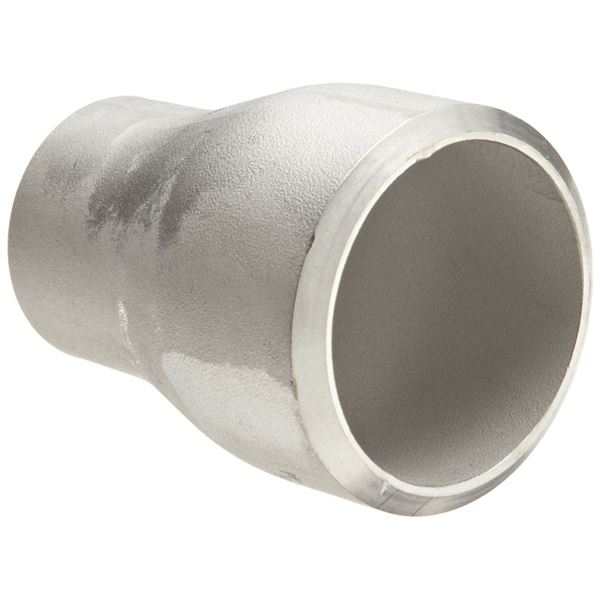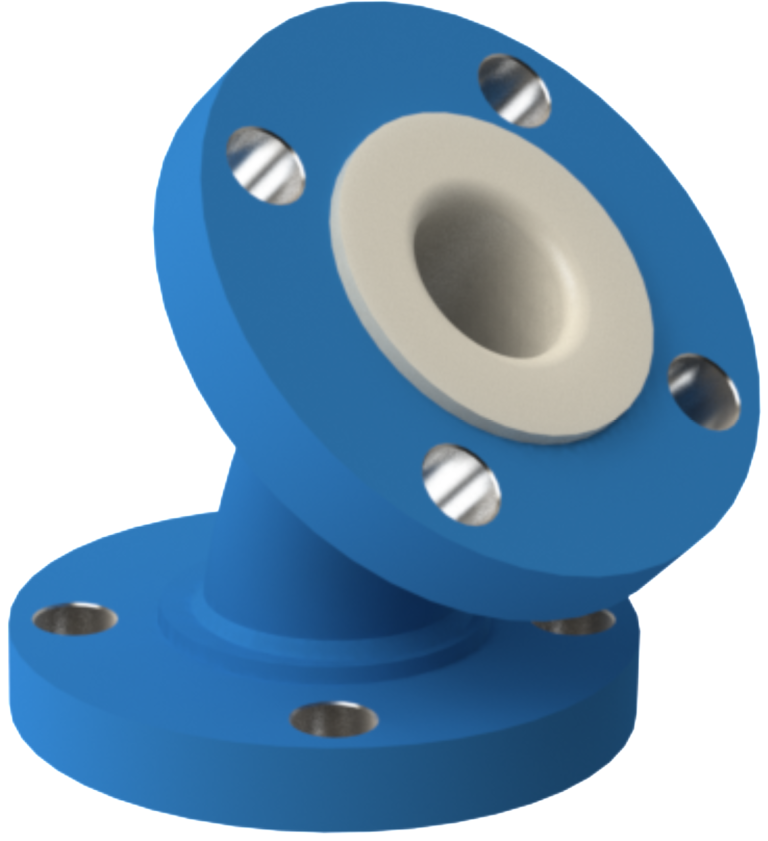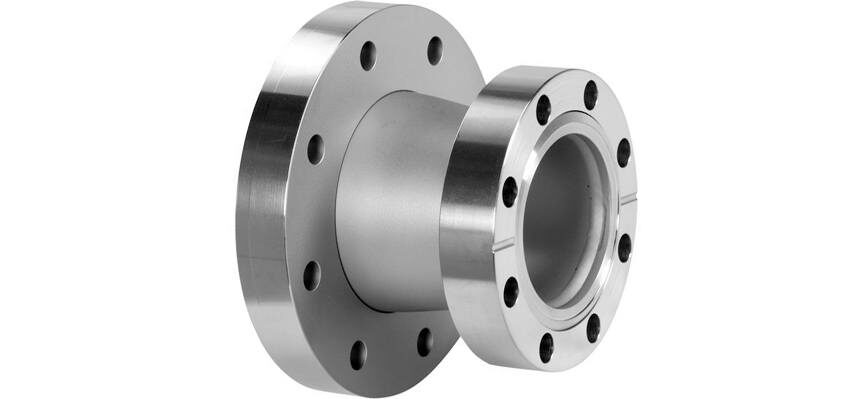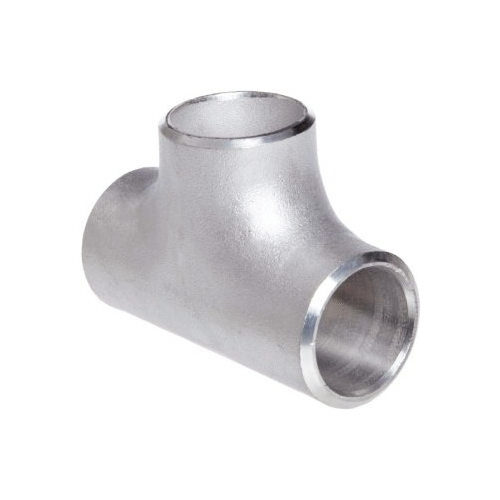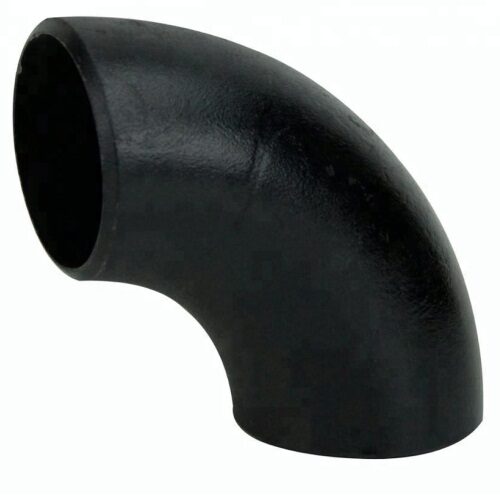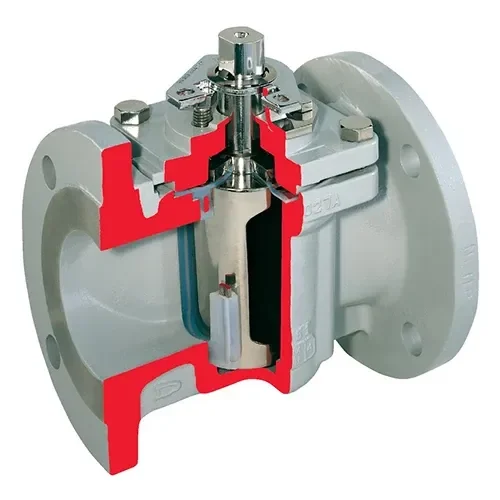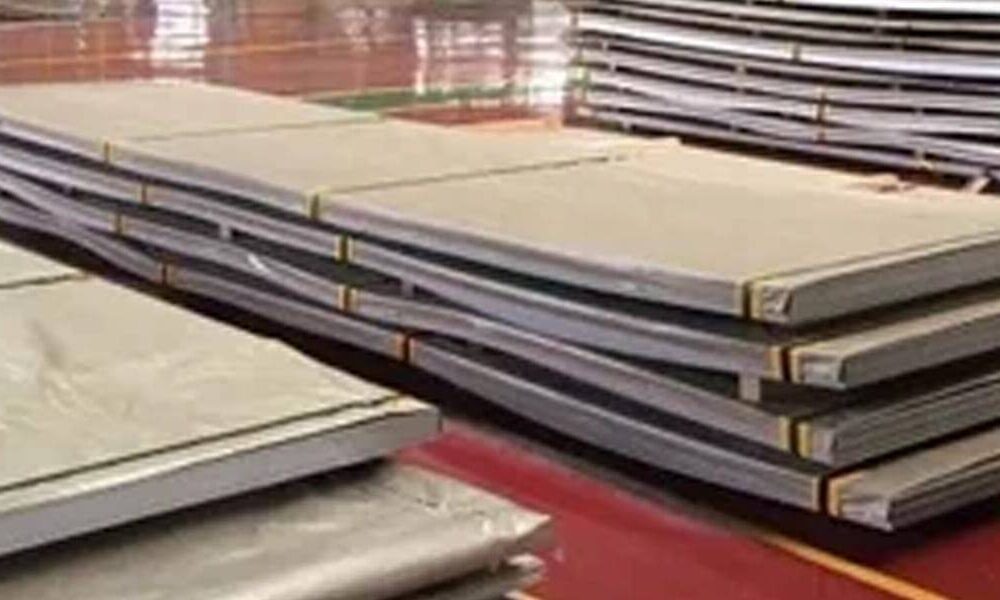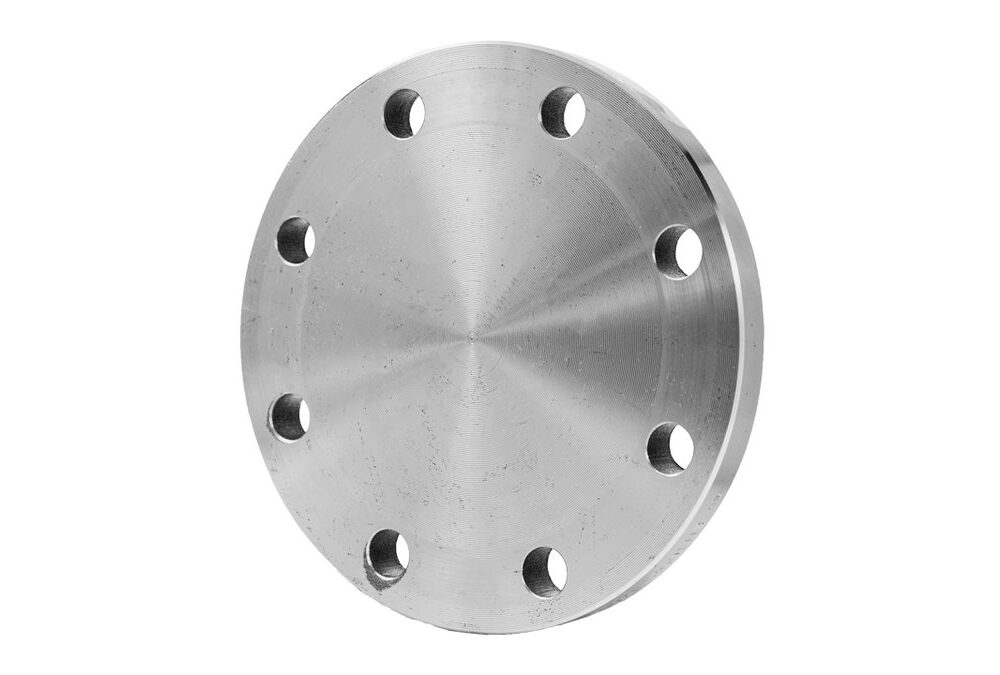Description
A concentric reducer is a type of pipe fitting that is used to connect two pipes of different diameters. It is called a “concentric” reducer because the center axis of the two pipes are aligned and the reduction in diameter is achieved by gradually decreasing the diameter of the larger pipe in a uniform manner. The resulting shape of the reducer is conical, with the two ends of the reducer having different diameters but sharing the same centerline.
Concentric reducers are used in piping systems where the fluid or gas flow rate needs to be reduced or when there is a change in pipe size. The reduction in diameter allows for a smoother transition of flow from one pipe to the other, reducing the likelihood of turbulence or blockages.
Concentric reducers are available in a range of sizes and materials to suit various applications, and they may be made of materials such as carbon steel, stainless steel, or other alloys. The size and material of the reducer must be chosen based on the requirements of the system, including the fluid or gas being transported, the temperature and pressure of the system, and the environmental conditions in which the system operates.

